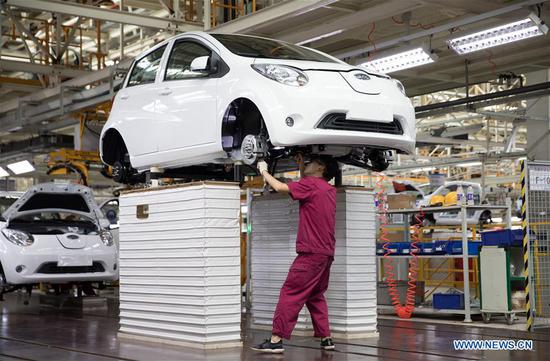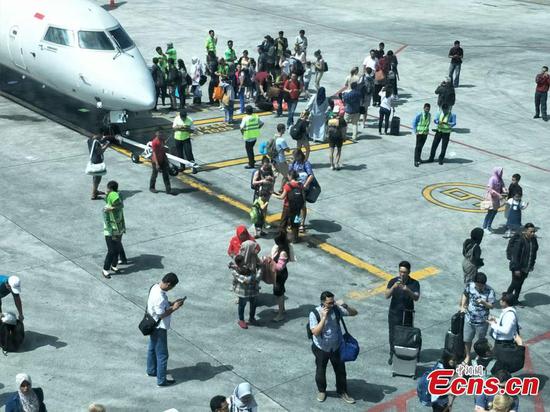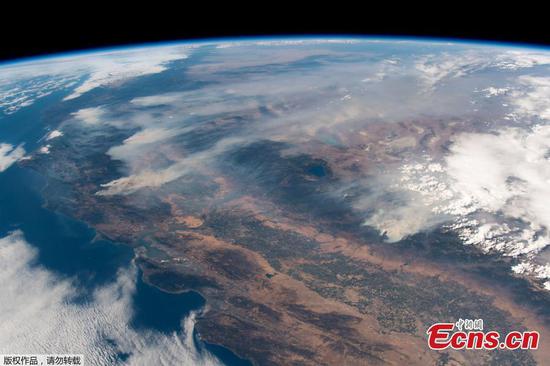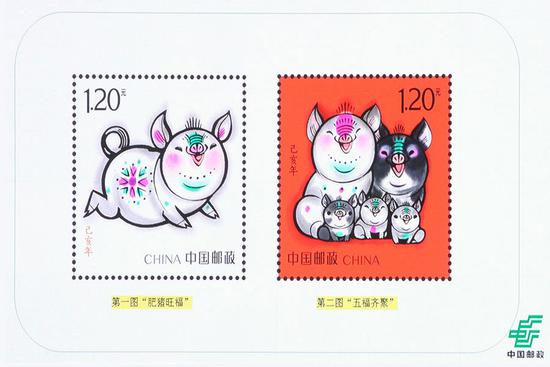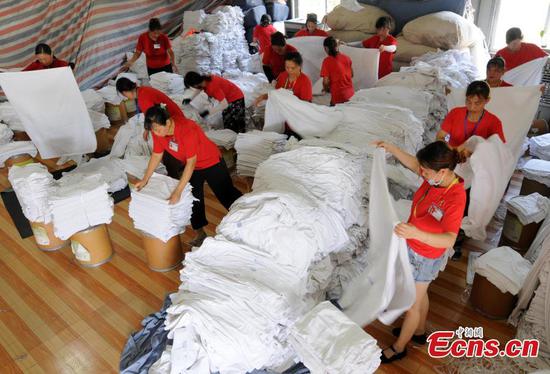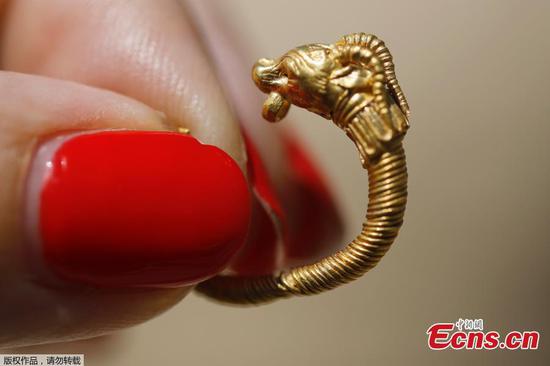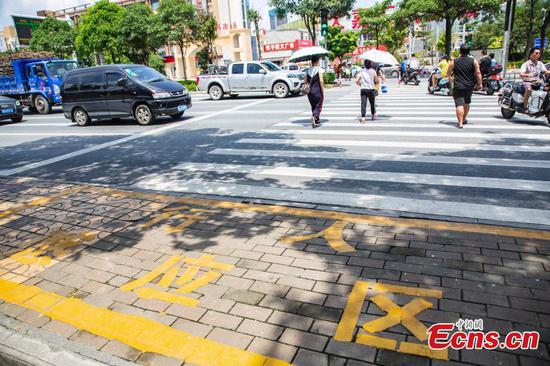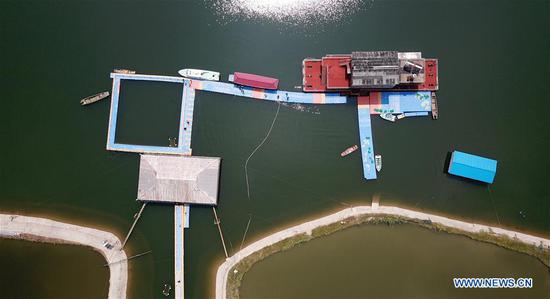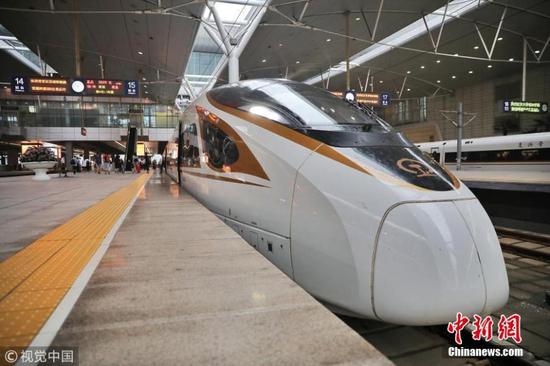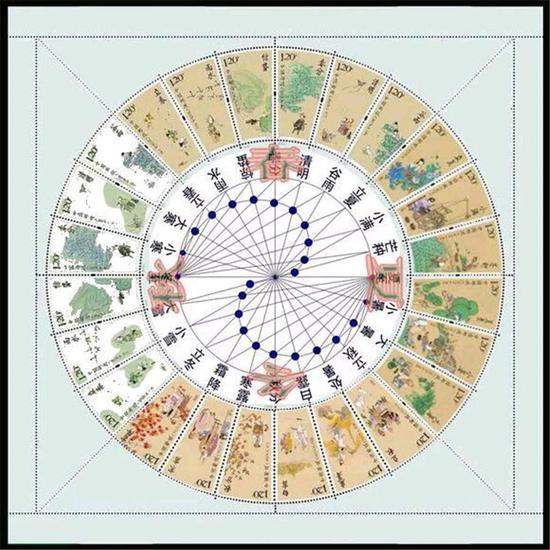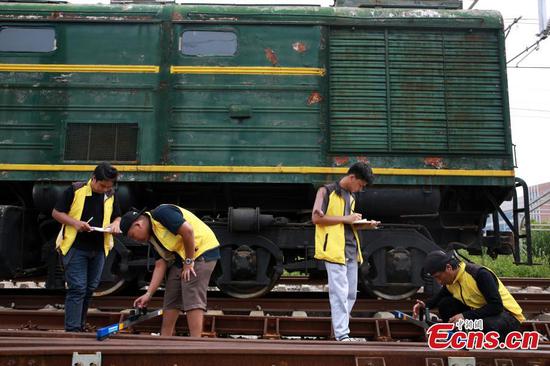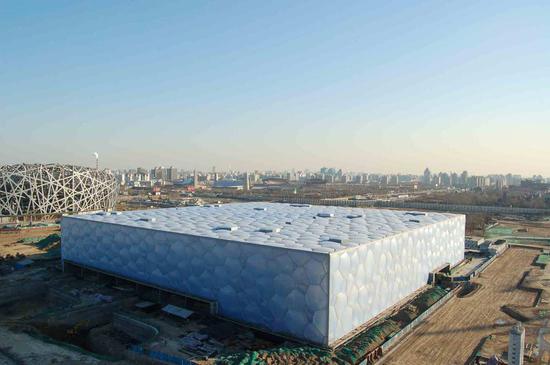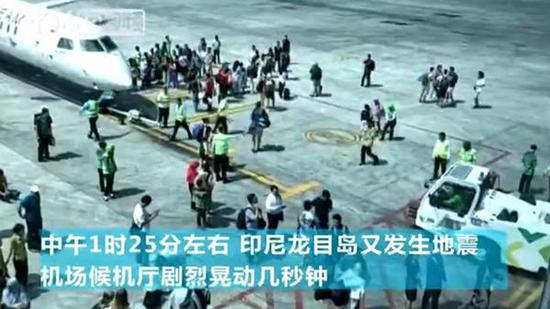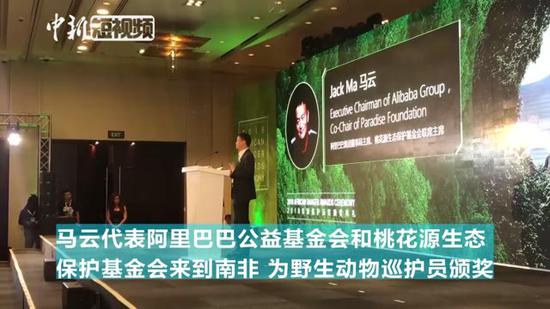As a victim of the escalating China-U.S. trade war, a vessel carrying U.S. soybeans has reportedly been circling “aimlessly” in the Pacific Ocean for a month, after failing to arrive in China before a 25-percent tariff took effect on July 6, The Guardian reported on Wednesday.
Commodities trading rarely attracts public attention, but the Peak Pegasus, a 229-meter bulk carrier weighing 70,000 tons of American soybeans, sparked a trending topic on China’s Twitter-like social media Weibo last month when it motored toward Dalian, a port in northern China.
Weibo users offered encouragement to the vessel, which left Seattle on June 8 and was supposed to arrive and unload in Dalian on July 6, exactly the day that Beijing implemented a 25-percent retaliation tariff.
Unfortunately, it failed to make it before the enactment of the tariff, so it has been circling off China’s coast as executives has not decided what to do next, the report said.
The vessel is owned by JP Morgan Asset Management and the cargo belongs to Amsterdam-based global merchant Louis Dreyfus, according to Guardian.
Louis Dreyfus is reportedly paying approximately 12,500 U.S. dollars per day to keep the ship circling near China and the total cost so far is estimated to be more than 400,000 U.S. dollars.
However, shadowed by a tit-for-tat tariff war between the world’s largest economy, it could “make financial sense” to stay at sea, potentially for months, before rushing to wrong decisions, the report said, quoting opinions from commodities experts.
Unloading the soybean in China would cost an extra tariff of around 6 million U.S. dollars, and other potential buyers in other countries and regions, such as Europe, may ask for a massive discount since the market price of U.S. soybeans plunged after the world’s largest importer, China, turned to alternative sources.
The cargo’s owners are weighing different choices, said Michael Magdovitz, an analyst at Rabobank, according to the report.
China and the U.S. have been engaged in an escalating trade war triggered by the Trump administration – both sides have announced this week the imposition of the second round of tariffs on imports from each other starting Aug. 23.











